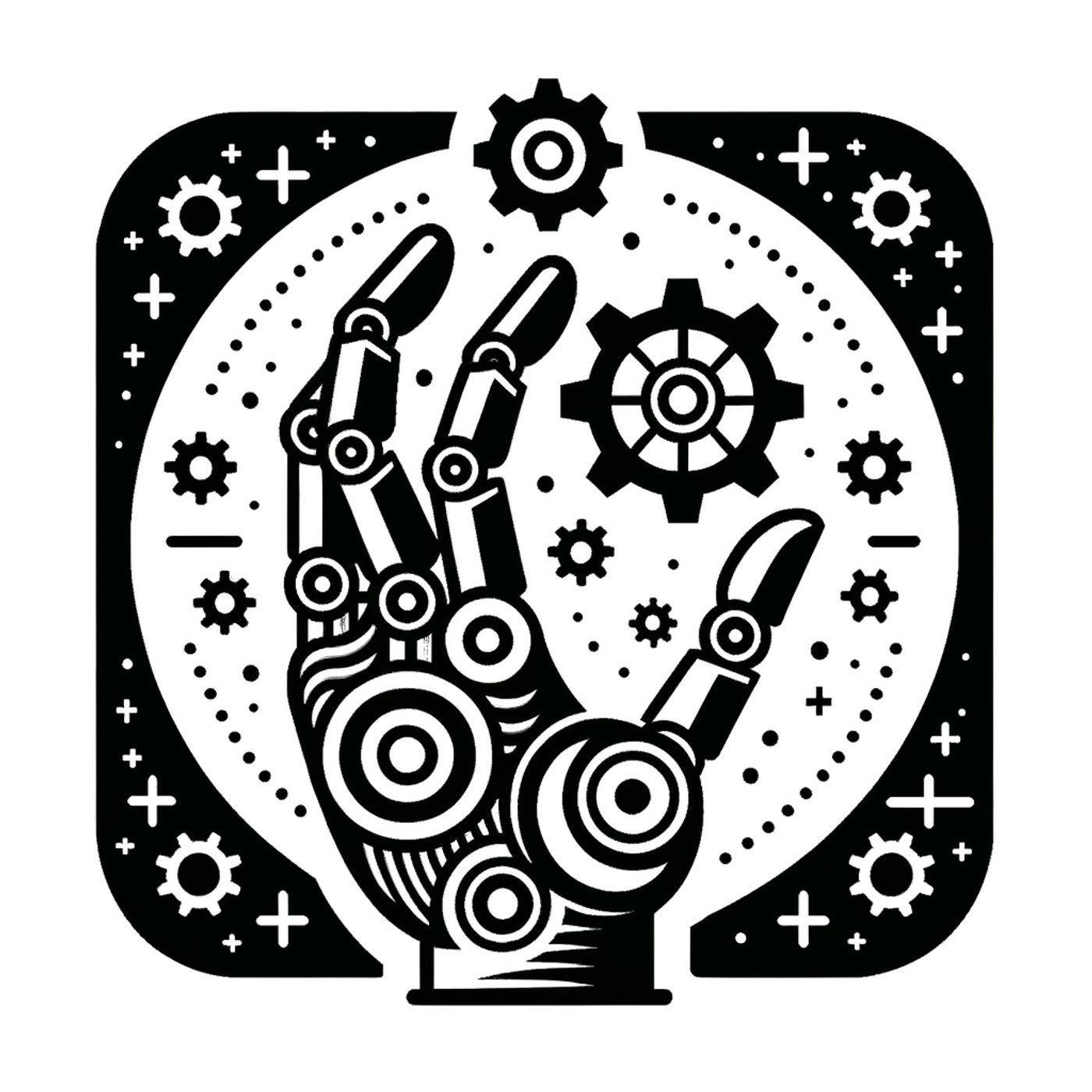Listen "Robots Get Brainy: AI Sparks Automation Revolution, Shaking Up Industry Giants!"
Episode Synopsis
This is you Robotics Industry Insider: AI & Automation News podcast.Just one day after Halloween 2025, the robotics and automation industry is buzzing with breakthroughs that are rapidly redefining manufacturing and industrial workflows worldwide. According to GlobalData, the global robotics industry is projected to more than double from ninety billion dollars in 2024 to over two hundred five billion dollars by 2030, driven by rising demand for precision, flexibility, and resilience across sectors from electronics to logistics. Of note, exoskeletons and logistics robots are the fastest growing segments, seeing massive annual growth rates as companies seek solutions for workforce shortages and productivity demands.A clear trend this week is the fusion of artificial intelligence with robotics. Omdia’s recent updates describe how so-called physical AI—meaning robots with integrated adaptive intelligence and machine vision—is moving from concept to factory floor. These smart robots can identify objects, make autonomous quality checks, and even adapt on the fly to new products or tasks without costly manual reprogramming. For example, Vention has just rolled out its AI Operator, leveraging zero-shot automation to let operators deploy robots for entirely new tasks without conventional coding. Meanwhile, Machina Labs and Toyota have partnered to push rapid, AI-driven innovations in metal forming—enabling highly customizable vehicle production at scale.Partnerships and deals continue to shape the competitive landscape, with ABB’s planned robotics spin-out now being acquired by SoftBank, a move that underscores an accelerating race for AI-driven automation leadership. Augmentus's fresh funding round, led by Applied Ventures, will further democratize automation, supporting flexible robot deployment for small and mid-sized manufacturers.On the technical front, manufacturers are embracing digital twins—virtual simulators that allow teams to model entire robotic workflows before they go live. This speeds up deployment, cuts out trial-and-error risks, and ensures optimal robot placement for throughput and safety. Predictive maintenance using AI-powered analytics is also becoming standard practice, helping reduce equipment downtime and extending asset lifespans.Market data highlights the stakes: industrial automation will top five hundred sixty-nine billion dollars by 2034, says Precedence Research, with Asia-Pacific accounting for nearly forty percent of global revenue. Annual installations of industrial robots have exceeded five hundred thousand units for four consecutive years, led by China’s aggressive adoption. More than ninety percent of workers now say automation increases their productivity, with robotics helping to reduce costs and offset persistent labor shortages.The practical takeaway for listeners is clear: companies not already pursuing AI-driven automation risk falling behind. Integrating collaborative robots and adaptive AI into operations now is vital to gaining a competitive edge, especially as new safety standards and plug-and-play solutions make transition easier than ever.The future looks dynamic, with robots evolving into intelligent partners rather than just programmable tools. Expect a shift in workforce skills from traditional programming to expertise in AI systems and robot management. Thank you for tuning in to Robotics Industry Insider: AI and Automation News. Come back next week for the latest developments at the frontier of robotics. This has been a Quiet Please production. For more, check out Quiet Please dot A I.For more http://www.quietplease.aiGet the best deals https://amzn.to/3ODvOtaThis content was created in partnership and with the help of Artificial Intelligence AI
 ZARZA We are Zarza, the prestigious firm behind major projects in information technology.
ZARZA We are Zarza, the prestigious firm behind major projects in information technology.
